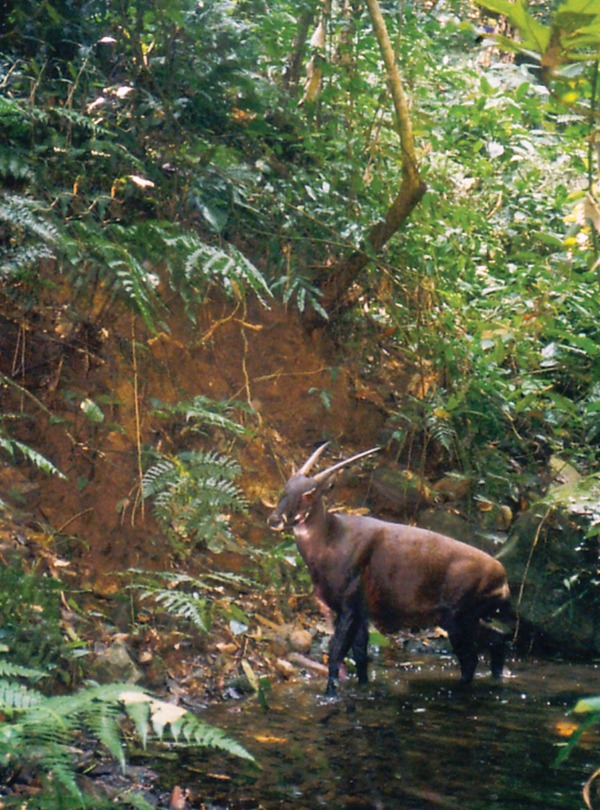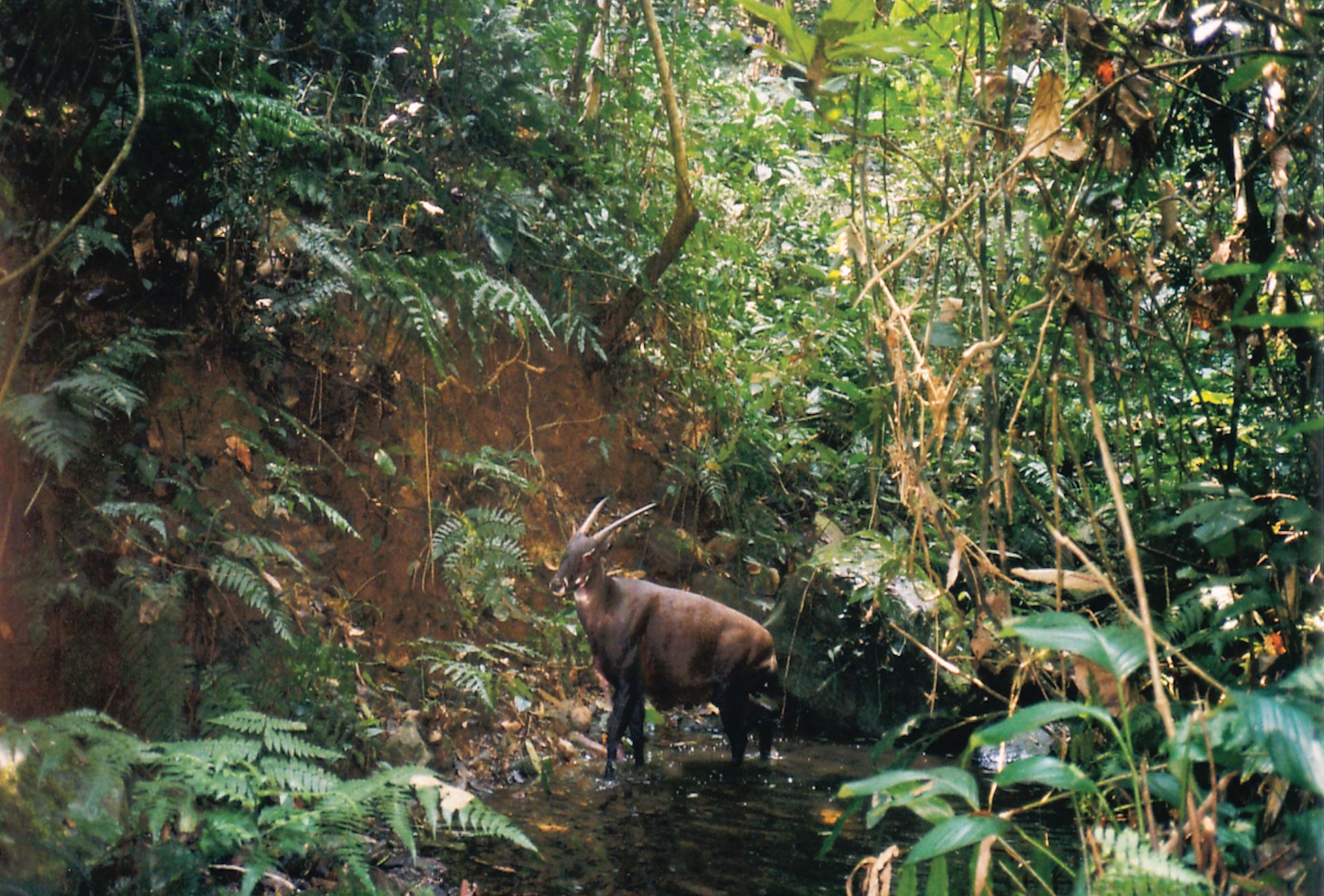
Saving Habitat for the “Asian Unicorn” in Laos
Support More Work Like ThisSupport More Work Like ThisThe Annamite Mountain range, traversing eastern Indochina, is home to a suite of endemic species, several recently discovered, as well as globally threatened species. But snaring is a pressing threat to the area’s wildlife.
-
Species at Risk
Saola (CR), Large-antlered Muntjac (CR), Southern White-cheeked Gibbon (EN), Chinese Three-striped Box Turtle (CR), Red-shanked Douc Langur (EN), Crested Argus (EN)
-
Carbon stored
24,217,890 mT*
*(metric tons of CO2 equivalents) -
Partner
Asian Arks
-
133,098 Proposed Acres Conserved by
Designation
-
Project Cost: $1,755,925
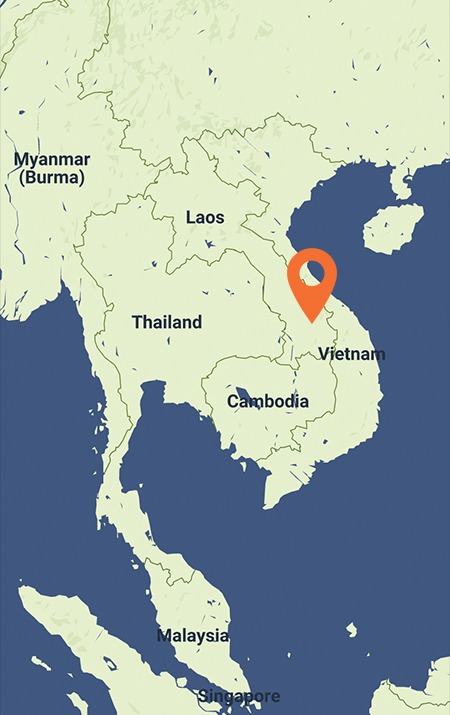
133,098
The Annamite Mountain range, traversing eastern Indochina, is home to a suite of endemic species, several recently discovered, as well as globally threatened species. But snaring is a pressing threat to the area’s wildlife.
-
Species at Risk
Saola (CR), Large-antlered Muntjac (CR), Southern White-cheeked Gibbon (EN), Chinese Three-striped Box Turtle (CR), Red-shanked Douc Langur (EN), Crested Argus (EN)
-
Carbon stored
24,217,890 mT*
*(metric tons of CO2 equivalents) -
Partner
Asian Arks
-
133,098 Proposed Acres Conserved by
Designation
-
Project Cost: £1,320,244

133,098
The Khoun Xe Nong Ma Provincial Protected Area (KXNM PPA) covers approximately 131,000 acres of the Upper Xebang Fai – Laos Key Biodiversity Area. The reserve is in the Annamite Mountains of central Laos and abuts Laving Laveun National Protected Area (NPA). The Annamite Mountain range, traversing eastern Indochina, is home to a suite of endemic species, several recently discovered, as well as globally threatened species. But snaring is a pressing threat to the area’s wildlife. Recent surveys suggest that the area, once unaffected by humans, is now a target for snaring gangs from Vietnam.
Rainforest Trust and local partner Asian Arks seek $1,755,925 to develop an innovative, sustainable model for conservation that declares the Khoun Xe Nong Ma Provincial Protected Area as a NPA and establishes mechanisms to support its long-term protection. This approach will deploy well-equipped, trained patrol teams and community snare removal teams. The project will also work towards infrastructure development to support sustained management and support of the protected area by engaging communities and providing local employment. Revenue-generating activities, including ecotourism, will support operations that use state-of-the-art, peer-reviewed biodiversity monitoring methods to meet conservation targets. This will begin a long-term commitment to protecting KXNM in partnership with the Government of Laos, other stakeholders and local communities.
Explore Laos
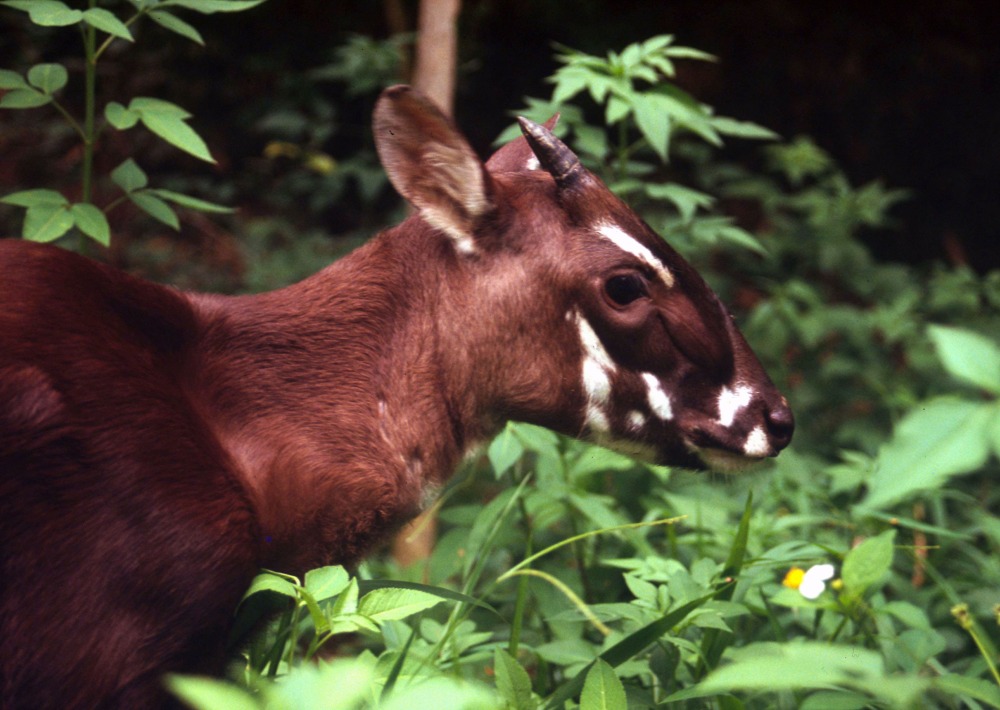
Saola "Asian Unicorn". Courtesy of David Hulse
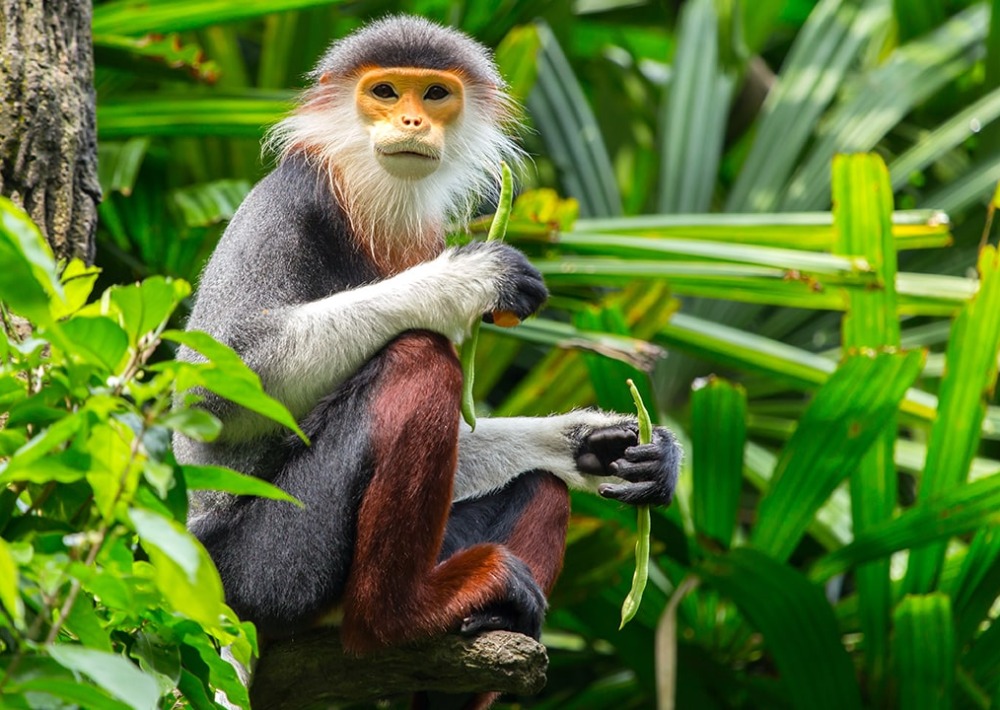
Red-shanked Douc Langur, by nattanan726/shutterstock
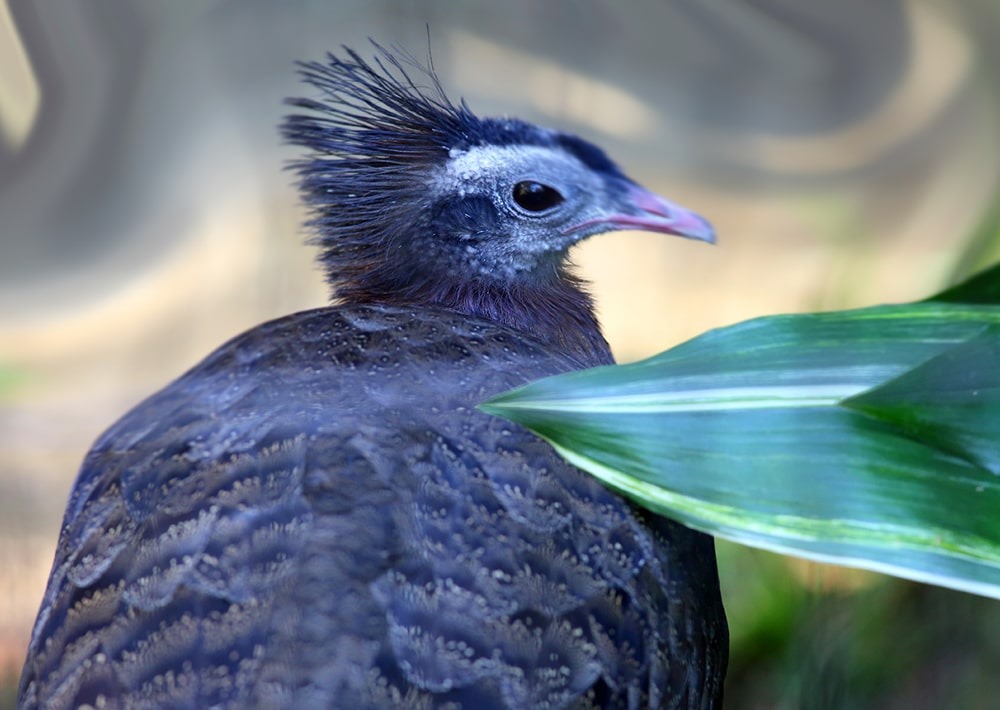
The Crested Argus, by Feather Collector/shutterstock
Biodiversity
The Greater Annamites has the highest concentration of endemic species for a continental area in the world. The area is often ranked as one of the world’s 200 most important bioregions. Experts believe KXNM is one of the critical remaining sites within the Greater Annamites because of its comparatively intact assemblage of species endemic to the range and its relatively undisturbed wet evergreen Annamite forest habitat.
In addition, supporting research indicates that KXNM is one of the most vital forest blocks in the Annamite Mountains. The region is home to the Critically Endangered Saola — locally known as the “Asian Unicorn” — and is the most important known site in the world for Critically Endangered Large-antlered Muntjac. KXNM also has significant potential as habitat for the Critically Endangered Edwards’s Pheasant, considered possibly extinct in the wild. Two Endangered primates (the Southern White-cheeked Gibbon and the Red-shanked Douc Langur) and the Critically Endangered Chinese Three-striped Box Turtle make their home here.
Challenges
Snaring has turned much of the Annamites into empty forest. Research has shown that KXNM is a very significant block of forest not yet blighted by snaring, but surveys in the past year have already found signs of increased activity from commercial hunters crossing into the area from Vietnam.
This pressure will skyrocket if deterrent countermeasures are not in place soon. Other challenges include the lack of resources needed to protect and manage KXNM. Currently, the Provincial Protected Area has few staff and a minimal budget with no national support or recognition.
Communities
Approximately 2,000 people live in KXNM. The local communities are indigenous Makong and Chilee ethnic groups with strong traditional beliefs. They rely mainly on hill rice cultivation. The Lao government’s Integrated Conservation of Biodiversity and Forests (ICBF), an initiative supported by the German government, has approached the communities to confirm their support for the designation.
Asian Arks staff and other collaborators will continue to consult with the community at all stages of the project. This consultation will help build trust and ensure Free, Prior, and Informed Consent (FPIC) in establishing the PA and PA management. Local communities are key stakeholders and will be a part of many operations, including as direct employees on patrol teams and community snare-removal teams. Local residents will also work as staff of the ecotourism facility, ranger training center and research station. All of these initiatives support Asian Arks’ long-term goals.
Solutions
Rainforest Trust and the local partner seek $1,755,925 to develop KXNM as an IUCN Category VI protected area and secure a concession that will aim to support sustainable management and protection. As part of this, the project will ensure the area is properly protected in partnership with the Government of Laos, local communities and other collaborating organizations.
Through an approach new to Asia, the partner will negotiate the long-term lease for a 61,776-acre concession inside KXNM. On this land, they will operate an eco-tourism facility, ranger training center and potentially an international research station. The revenue generated from these operations will provide local employment and sustain management of both the concession itself and the whole of KXNM. In addition to revenue-generating, these ventures, operated through the concession, will provide Asian Arks the right to manage the land directly for conservation, including law enforcement. These rights would not be granted to a standard NGO project. So this model, supported by all stakeholders, will be a first for the country. (Photo: Forest in Khoun Xe Nong Ma. Photo by Asian Arks.)
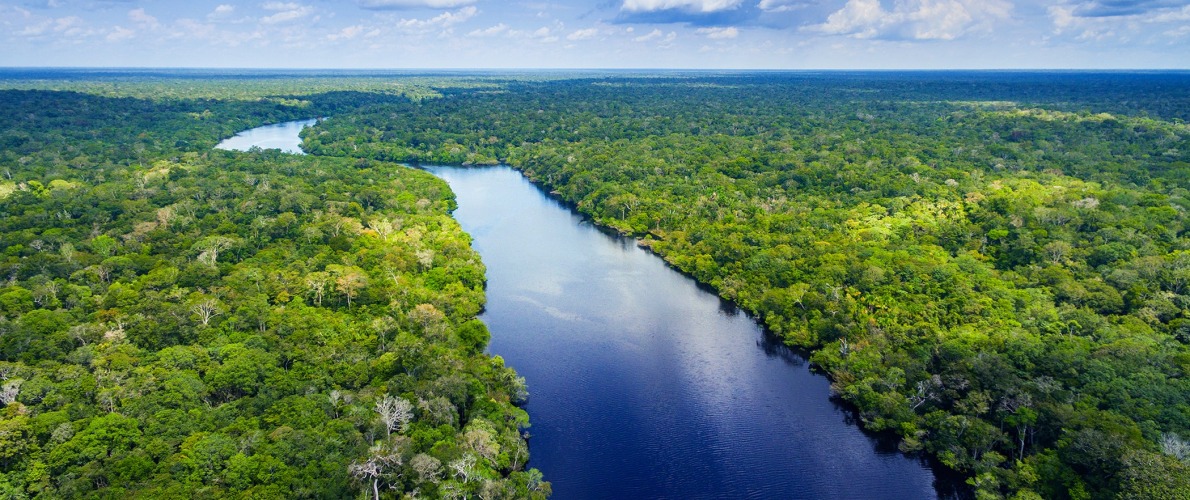
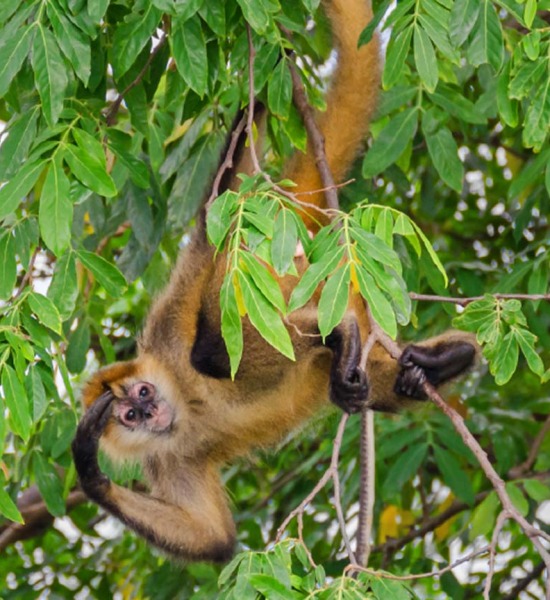
Sign up to receive the latest updates
"*" indicates required fields
100% of your money goes to our conservation efforts
Our board members and other supporters cover our operating costs, so you can give knowing your whole gift will protect rainforests.

